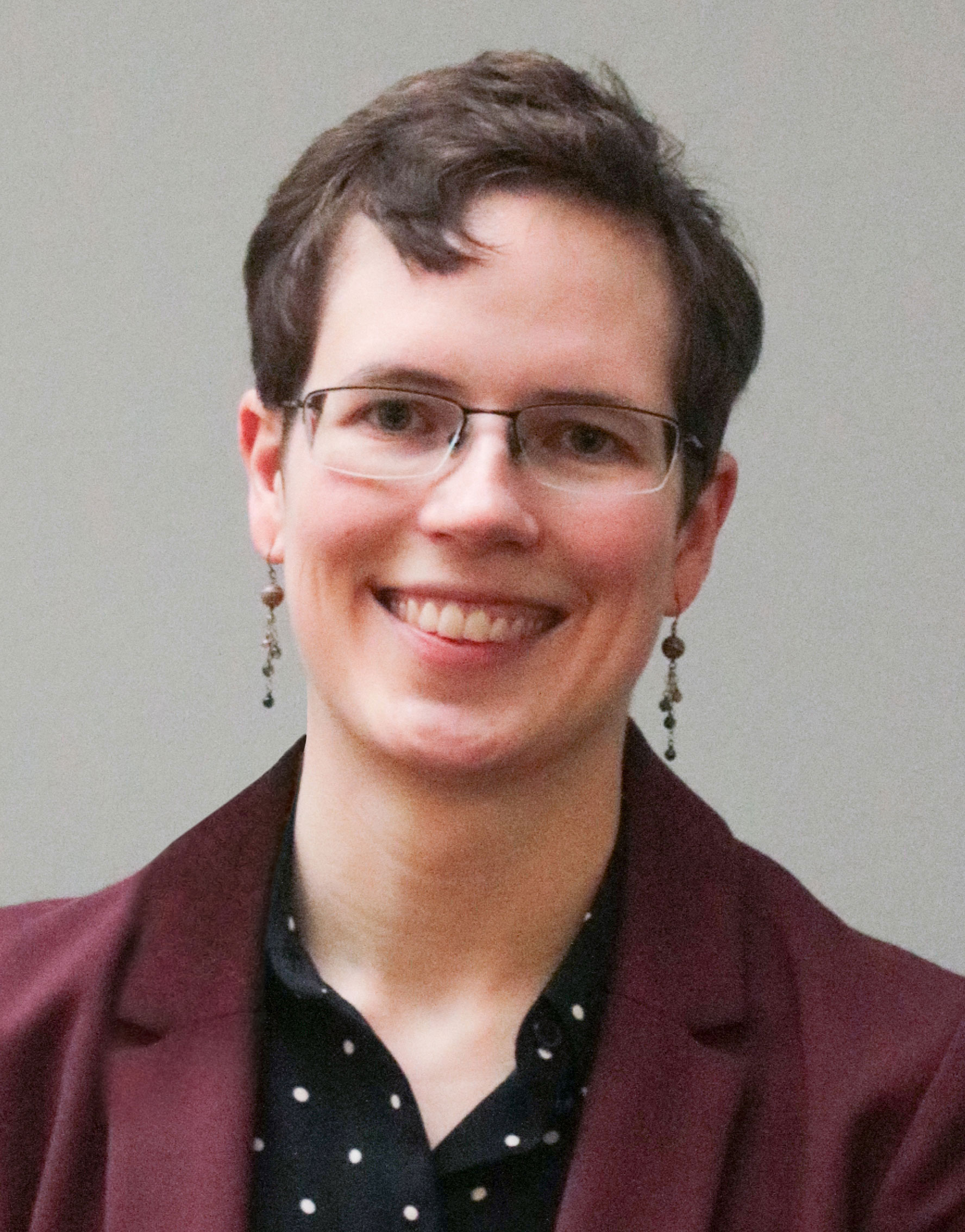Maria Steinrueck Awarded 51 Pegasi B Fellowship

Dr. Maria Steinrueck (2021) is the recipient of a 51 Pegasi b Fellowship from the Heising-Simons Foundation. The 51 Pegasi b Fellowship provides postdoctoral scientists with the opportunity to conduct theoretical, observational, and experimental research in planetary astronomy. Dr. Steinrueck’s research seeks to enable more accurate observational interpretations and predictions across a range of exoplanet types through three-dimensional climate modeling. “We knew that photochemical hazes exist on exoplanets, but nobody had examined what they do in three dimensions. We had only one-dimensional models, which cannot describe the weather of a planet fully.”
As an undergraduate student majoring in physics with a focus on particle physics, Maria encountered a team studying exoplanet atmospheres and recalled her own excitement, years earlier, when exoplanet winds were first measured. It was enough to change her course as a scholar and professional. “I was drawn to climate models where you can actually simulate the winds and temperature distribution on an exoplanet and see what that looks like in three dimensions, through day and night differences in temperature and other conditions. 3D models are necessary to more fully understand what’s happening on planets we cannot see directly.”
Today, Maria examines how clouds and hazes impact a planet’s atmospheric circulation, temperatures, and transmission and emission spectra. Photochemical hazes, born of UV reactions with molecules such as methane, can significantly distort or mute the chemical signatures observed and used to characterize a planet. In a first for her field, Maria developed a three-dimensional climate model that predicts the location of photochemical hazes in the atmospheres of Hot Jupiters, the largest and most extensively described exoplanets to date.
During her fellowship, Maria will model 3D atmospheric circulation for a wide variety of exoplanets, determining how haze particles mix and move across different planetary conditions. Included in this exploration will be cooler, smaller planets closer in size to Neptune and Earth, which are increasingly observable through next-generation telescopes. “With the new space telescope (JWST) we will get more data and details about smaller exoplanets. From the first measurements published, we can already see there is uneven cloud and haze coverage, with a lot of 3D effects that must be factored in to interpret observations of these planets correctly.” Maria’s modeling will improve the accuracy of interpreting these observations, for a clearer picture of distant planets more like our own.
Prior to starting her 51 Pegasi b Fellowship at the University of Chicago, Maria will continue in her position as the Atmospheric Physics of Exoplanets Prize Postdoctoral Fellow at the Max Planck Institute for Astronomy in Heidelberg, Germany.

